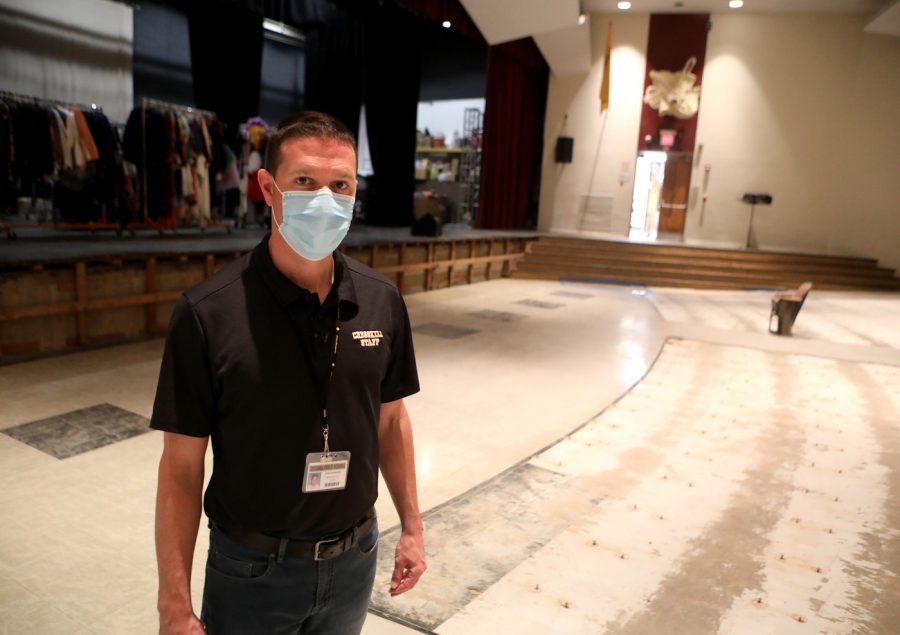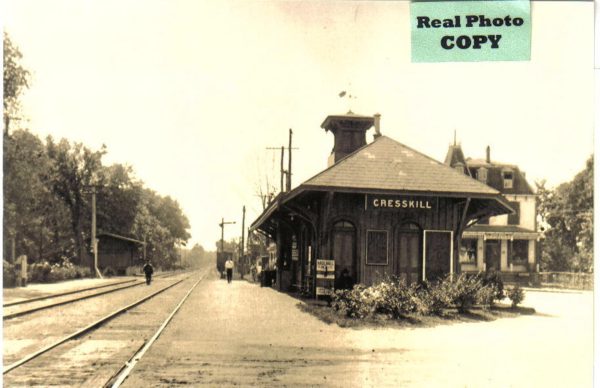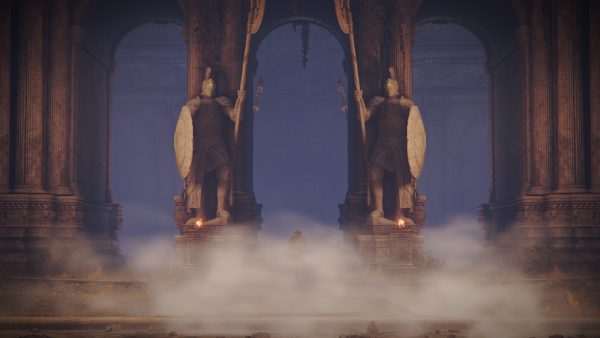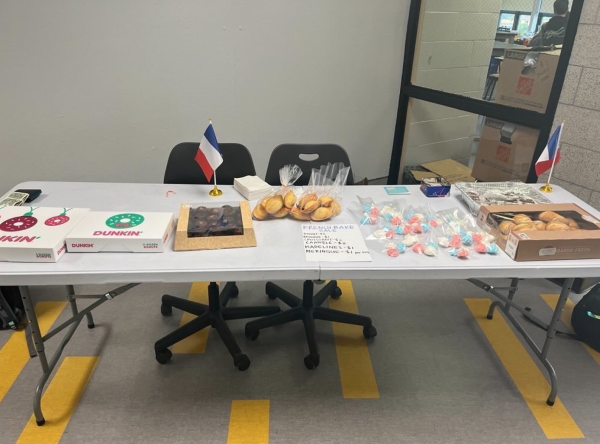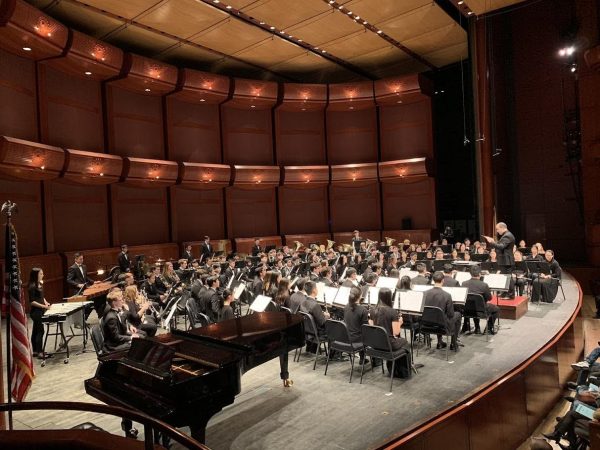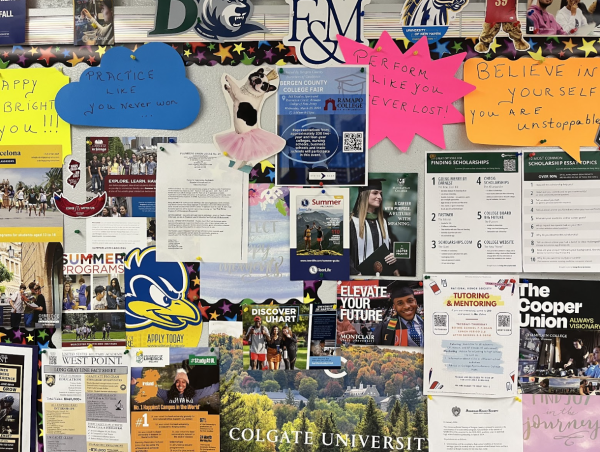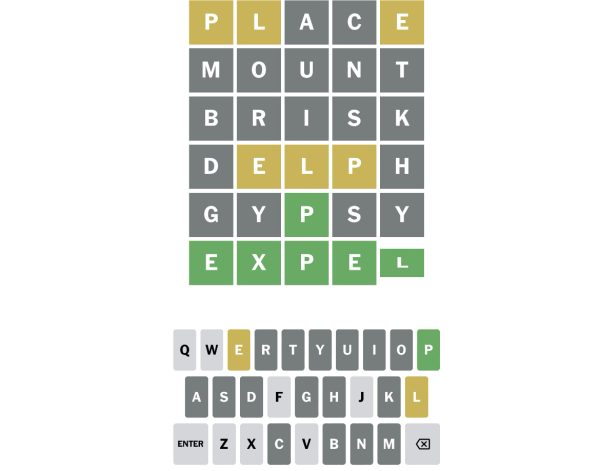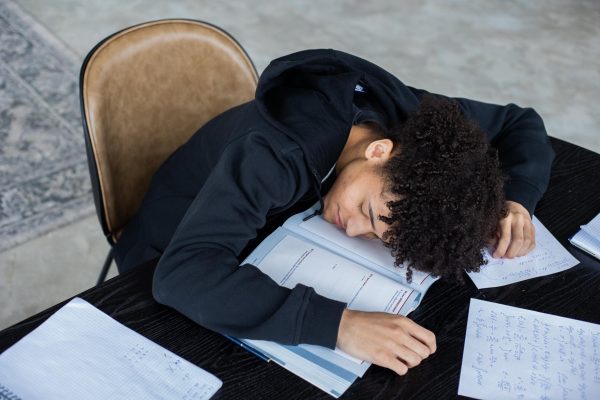Getting Answers: Mr. Massaro Addresses CHS Plans After Flooding
Andre Malok | NJ Advance Media for NJ.com
Photo courtesy of NJ.com
The excitement of returning to Cresskill High School following a year and a half of isolation and hybrid schooling was undeniable. Sports preseasons began, students got their lockers, and the school experience seemed to be returning to normal. However, when Hurricane Ida hit in late August, the middle school/high school was hit harder than it has ever been before. The flooding filled the school, hitting the media center and auditorium particularly hard. The week before the scheduled start of school, students got an email saying that they would not be returning to in-person schooling for an undetermined amount of time. This resulted in not only disappointment, but an urge to know exactly what is going on, and the inevitable spread of gossip that is so common in such a small town. As students wonder and speculate what is actually going on and what steps the school is taking, facts have begun to merge with fiction. This is why I interviewed Mr. John Massaro, principal of Cresskill High School, to ask for the answers to the most common questions among CHS students.
Q: Is there an established potential return? Is there a ballpark of when we will be returning to school?
M: At the time of this interview, Wednesday September 22nd, 2021, the company that is evaluating the four boilers of the building is determining whether they have to be repaired or replaced. The answer to that question will provide more of a more specific timeline. The other part is the classes that have univents, the long vents built into classrooms by the windows, which is a fresh air system, were how the water was getting into the building so easily. The last report I had was that it is most likely that all those univents will have to be replaced. That is another specific mechanical issue that we will have to know for our timeline.
Q: Has the building been checked for mold and toxins?
M: Yes, the work that has been going on for the past few weeks has been addressing any mold and toxins and doing that type of cleanup immediately. Any areas of the building where the walls are not cinder block, and instead have drywall, that has to be removed because the mold is growing in those areas. This company cuts a horizontal line of the drywall and cuts out those sections. They have been working on that since last week. There is a lot of work, but it is being done swiftly and properly by professionals who specialize in this. The timeline is not so much about safety, that part is going to be done sooner (within the next couple of weeks), but the work that’s going to take a longer amount of time will be replacing all those mechanical systems that I described already.
Q: What will classes be like when we do return? Where will we be going to school?
M: Right now, the BOE is evaluating facilities that we would have access to other than our school building, and then based on the facilities we have available we as administration will determine the best and most appropriate schedule that we can put together. In an ideal world, we have enough space where we could offer traditional, in-person, full day learning for all students every day. That is the ultimate goal. We might not be able to achieve that based on the facilities that are available, and if that’s the case then we’ll work back from there. If we need to come up with some type of rotation system, it could be similar to the cohort system we had last year. We could have classes every other day, we could have grades of students (more likely for the middle schoolers). Right now, the district is looking at three main directions for facilities, however this entire situation is constantly evolving. The first is the St. Therese School on Jefferson Ave, which is vacant and not being used right now. The BOE is working out the details of a lease agreement to temporarily use that building. There are limits there to the number of classrooms, which is much less than our middle school/high school building. At the moment, the building does not have internet and wifi, so these are things that need to be set up before we go in and use it. The next area being evaluated in the Crestron Warehouse building. This is a large warehouse facility space, and we are evaluating what would be needed for it to meet regulations to allow us to have schooling there. The other option that we are in the process of exploring is renting classroom trailers that we could put in the main parking lot of the Middle School/ high school. We are evaluating the feasibility of this, with the cost and how many classrooms we would need. If we were to have all three of these facilities, we could decide if we could put certain grades in one location and others in another, depending on capacity.
Q: Will school clubs and activities be continuing? Will they be able to meet in person?
M: We are going to hav club fairs for middle school and high school organizations, and I’ve been working on that behind the scenes with Ms. Taha. We have been working with teachers to start putting together the details of what clubs will be up and running. Instead of having an in person club fair, we are going to do something that is virtual, and we are working on getting that accomplished. We absolutely want that to happen because, compared to a year ago, there isn’t the same kind of restriction on in-person interactions. Once we develop these other facilities, there will be ways to have in person interactions for these extracurriculars and, one thing that is beneficial for that, is the shift of our bell schedule. Ending the day at 2:20 allows for that wider gap of time from 2:20 to 3:20, and gives a little more opportunity for these clubs and activities to meet in person at a different location in town.
Q: Will there be a spirit week this year?
M: We’ve been talking about that as well. November of 2019 we shifted spirit week to November, the week of teacher conventions, and we want to do that again. I was working with Mr. Quinn in August and had information we were ready to move forward with to start working on these plans. Now that has been delayed with everything that is going on, but that is something we still want to do in some way. A lot of it will have to do with how these facility options develop, and the timeline for that. If we have in person learning as early as November, then we could do something structured in the day perhaps, but if we are still fully remote at that time, we will have to put something else together. I’m looking forward to the upcoming student organization elections because as soon as we get the student leaders elected for this year, I immediately want to have a meeting with them and start putting our heads together on these types of topics. I’m very eager to work with our student body and our student leaders to develop solutions to these topics together and put together experiences that are driven by the students as much as possible.
Q: What will we do/have we done to ensure that flooding like this will not happen again?
M: Prevention of flood damage is a major theme of discussions and work that will take place moving forward.There are a lot of different levels to that. One of the more challenging aspects of that is the environmental aspect of the Tenakill and the other brooks that feed into it. Those brooks run through multiple towns. Any approach to that concern is a broader one because you cannot do something in one town that will affect another one downstream. Most likely, the New Jersey environmental protection agency would have to be involved in projects to widen or deepen the Tenakill and help alleviate the flash flooding that can happen in these areas. In terms of the building structure itself, that will be part of the plans moving forward.
Q: What can we as students do to help?
M: The help is going to be needed long term. Much of the work right now is major work being done by companies and systems that need to be fixed and replaced. As we move past that, and get ready to get back in the building, the smaller items and donations that we overlook or take for granted throughout the day will most likely be needed. We will see how that shapes up. That is something that we will have to keep evaluating as we move forward.
So what can we take from this? Obviously, there are things still up in the air: When exactly we will be returning, how trailers could emulate a classroom environment, and if we will return to our school building this school year. However, even with all these unknowns, the most important thing is that we will soon get out of our houses, and see our friends and teachers in person. As the student body, we must remain positive and help out in any way we can, as we navigate these trying times.
Your donation will support the student journalists of Cresskill High School. Your contribution will allow us to purchase equipment and cover our annual website hosting costs.


